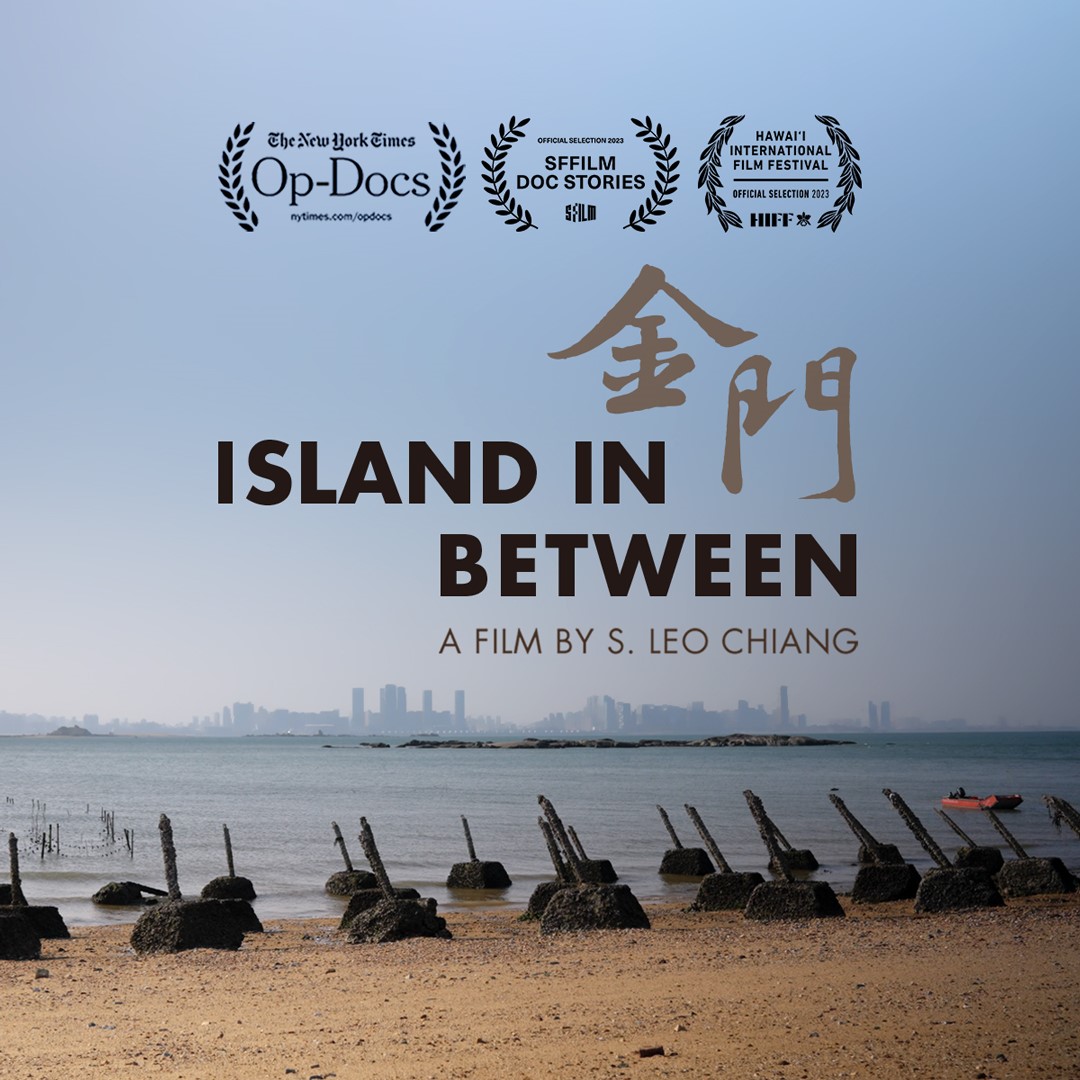by Brian Hioe
語言:
English
Photo credit: Film Poster
ISLAND IN BETWEEN (金門) follows director S. Leo Chiang’s personal journey. Having grown up in the US, he finds himself back in Taiwan after the COVID-19 pandemic. Consequently, he finds himself drawn to the island of Kinmen, where his father previously served in the military as part of the draft.
This takes place during the COVID-19 pandemic. Structured around Chiang’s narration, much of the film is set during the COVID-19 pandemic. As such, many scenes show Kinmen closed to tourists during this time, as interspersed with reflections on rising tensions between Taiwan and China. The tone is lyrical, with many scenes of the everyday lives of Kinmen residents
With Island In Between, the attempt seems to be to depict the situation in Taiwan for international audiences. Certainly, this led to the documentary being one of two Taiwanese documentaries considered for the Academy Awards, as well as the spotlighting of the documentary on the New York Times’ Op-Docs series.
Nevertheless, Island In Between is clearly a diaspora narrative. Though the title of the film is, in fact, just “Kinmen” in the original Chinese, the movie attempts to use Kinmen as a metaphor for Taiwan as a whole.
Yet this does not really work. Kinmen has a different identity than not only China, but also the Taiwanese mainland. Although the suggestion through the film seems to be that Taiwanese, like Kinmen residents, want peace, this proves rather abstract.
Indeed, many representations of Taiwan’s outlying islands in contemporary Taiwanese documentary film are not individuals from those outlying islands themselves, raising questions of representation. Nevertheless, some of such documentaries do at least place a strong emphasis on the viewpoints of people from these islands. One such example is Hung Chun-hsiu’s 2014 The Lost Sea. When it comes to diaspora works, this is not the first time that an outlying island of Taiwan has been used as a metaphor for Taiwan as a whole, as with Shawna Yang Ryan’s Green Island, or when a Taiwanese setting is primarily used as a stage for the protagonists’ personal journey, as with Tao Lin’s Taipei, in which the city hardly features at all.
Still, though Island in Between is a capable enough film, one is still left wanting. The movie works well enough as a personal narrative, as well as an introduction to Taiwan for those who are not knowledgeable about it. At the same time, there may be more that the movie could have done to draw out the lives of Kinmen residents, and the focus on Chiang’s journey–which is arguably tacked onto Kinmen–may detract from that.



